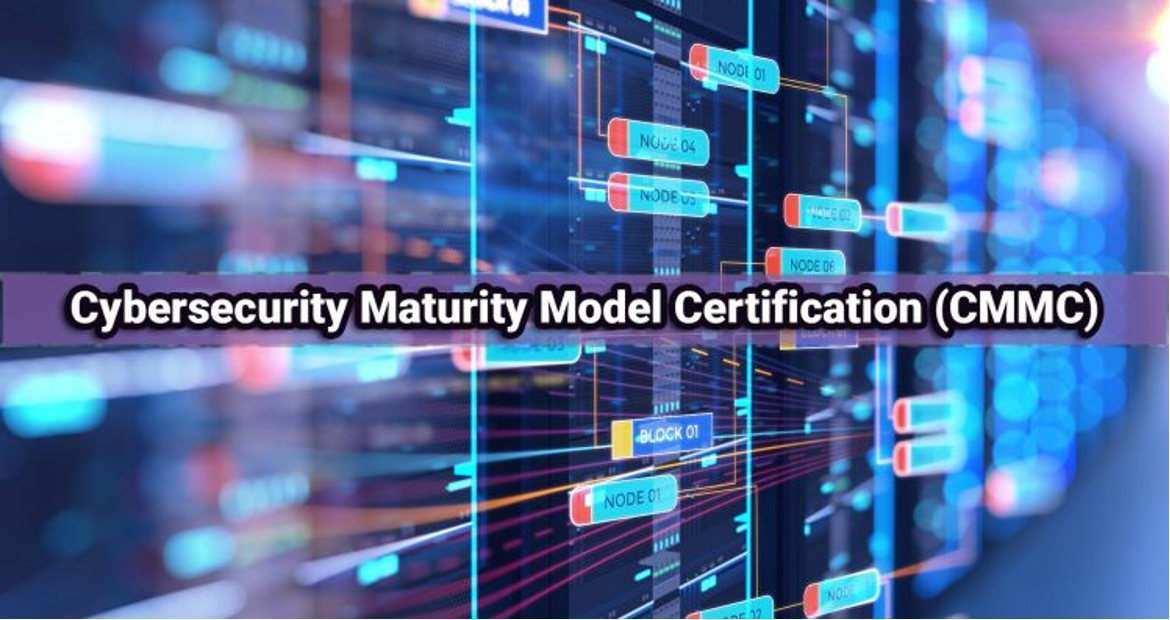To be able to harness the power of the CMMC tools, it is vital to have a holistic understanding of the CMMC framework and its requirements. Some of the available CMMC tools are meant to help you understand the overall framework, some are meant to make it easier/possible to transfer control onto other frameworks, whereas others are meant to provide you with advanced functionality within the CMMC system.
Generally, the tools you are using will vary with your particular application, the level of compliance you are at, and the kind of defense you require. Overall the CMMC is designed to address 17 cybersecurity domains. Within these domains, functionality is broken down into 43 essential capabilities, and overall consists of 171 unique practices. As you probably already know, the CMMC consists of 5 different phases and companies start at Level 1 and transition to higher levels of the nature of their work requires them to. For this reason, you don’t need to be able to implement everything right away and you can use as much as you need, which is one of the reasons why CMMC is a great framework to work with.
There is a large selection of software, apps, and toolkits that you can use to manage CMMC requirements and get you equipped for any job at any level.
The specific tools you choose will depend entirely on the kind of requirements you are trying to meet. On the whole, the most essential areas that need to be worked on for both new and seasoned companies are vulnerability assessments and incident management.
Threat and Vulnerability Management
To have good digital security you need to take a proactive approach and have systems in place that will manage a problem before it occurs. For this reason, you need tools that can constantly monitor the environment, analyze the situation and take measures to avoid security problems, while at the same time, doing these things in a manner that satisfies CMMC requirements.
You have the option to outsource this area or manage it yourself, regardless of what approach you take, you need to ensure that you can cover the basics such as:
- Full analysis of users, behaviors, and digital assets along with inventory monitoring solutions
- A database of threat intelligence for your industry
- Third-party risk management solutions to manage special threats
- Routine risk assessments together with logs
- Advanced penetration testing and root cause analysis
All of these fall under the category of preventative controls and you can use multiple solutions to make this possible for your company and implement the CMMC framework.
Incidence Response Management
This is the second domain of the CMMC framework and requires a company to be prepared to manage attacks that can occur and have a solid incident management system in place.
Through software and other tools, your incident management system should cover 6 vital pillars
- Event Identification- Instantly register a security incident or attack
- Incident inventory- Register and track the threat
- Investigation Process- Preparation for mitigation through real-time analysis and planning
- Assignment of Controls- Delegation of duties to groups and individuals
- Security event resolution- Execution of incident response protocol
- Customer satisfaction- Maintaining healthy customer relations
Again, the way you can materialize these things for your particular organization and your particular situation will largely depend on the resources you have available and what is feasible for your environment. There is no right way to do this as long as you can achieve these vital benchmarks at the end. Moreover, the way you can use tools is highly customizable and also allows for a lot of flexibility depending on your needs.



 714-333-9620
714-333-9620